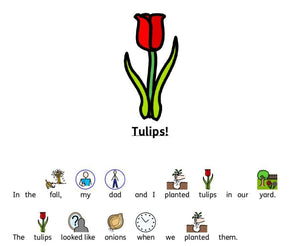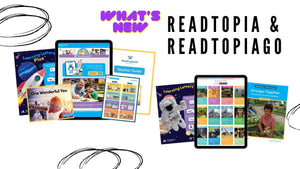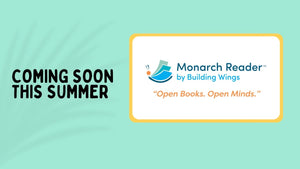Insights from ISTE 2017

This year’s ISTE conference marked a particularly big event for Bridges – our first ever ISTE poster presentation! As we mentioned in a previous blog post, we presented our Assistive Tech Camps. We were even featured in an ISTE article, which you can read here.
Bridges team member, Susie, presenting Bridges Assistive Tech Camp at ISTE 2017
There were a lot of great presentations, keynotes, and sessions this year. Here are the top trends that we came across at ISTE 2017:
Equity in education through access to technology
Although tech in the classroom is on the rise, some students still don’t have access to reliable internet or a computer outside of class. However, most students do have access to a smartphone. Recognizing this, companies like Microsoft are designing phone-friendly educational software. One example we saw, which isn't new on the market but was featured at ISTE, was Microsoft’s SWAY. This presentation creation tool, similar to PowerPoint, can be used on any device. Free for anyone using Microsoft 365, SWAY lets students create presentations with embedded video and audio right from their mobile device, and easily share to their teacher.
Microsoft SWAY on mobile devices
Coding and Computational Thinking
Coding is being taken to the next level in classrooms, to engage children across a range of curricular topics. There are a bunch of products going mainstream that help children in earlier grades master the concept of coding, from our Cubetto Coding Kit (discussed in a previous blog post), to other robots we saw at ISTE like Osmo, Robot Mouse, Ozobot, as well as the snap circuit board, Makey Makey and more.

Primo, the manufacturers of Cubetto, at ISTE 2017
Coding in the classroom is fueling Computational Thinking in all areas of education. One presenter referred to Computational Thinking as the 5th “C” of 21st Century learning (along with Critical Thinking, Communication, Collaboration, and Creativitiy). Learning code, and the problem solving skills that come with it, helps students see patterns in other curricular areas.
Student-driven learning; Maker Spaces and Innovation in the classroom
A new learning environment is expanding across classrooms, putting students in the driver’s seat of their own learning. This environment, where the role of the teacher is curator and instigator for learning opportunities, cultivates learning through experiences, innovation, and creativity.
3 main factors are making this environment possible; 3D printing, computing & robotics, and computer programming/ coding. These open up doors for deeper, hands on learning experiences.
Continued Growth of Google Classroom
Schools continue to adopt the Google environment as Google tools expand and improve with applications like G Suite for Education, Google Expeditions, and the cost-effective Chromebook.
In fact, in a presentation by Jenny Tolan and Naveen Viswanatha from Google, we learned that the total North American market share of Chromebooks in the classroom (K-12) continues to grow, jumping from 0.6% in 2012 to 58% in 2016.
Engaging and Innovative PD – Blended Learning & Challenges
The typical stand and deliver Professional Development is getting a makeover. We learned about a number of different ways to engage participants in fun PD, from cafe style sessions over coffee, speed dating where 2 participants are matched up to share and discuss, and game-based experiences. One session described using a series of timed challenges so participants can collaborate, learn, and have fun all at the same time!
The take home? Participants are looking for engaging experiences that involve dialogue and different means of representation for the info being delivered.
- Alanna Fontaine







Comments 0